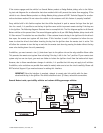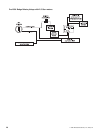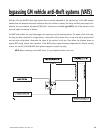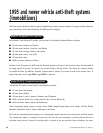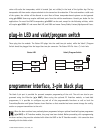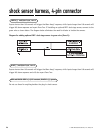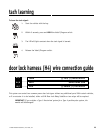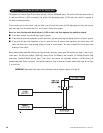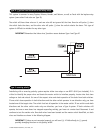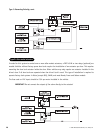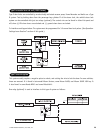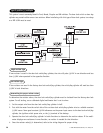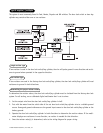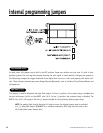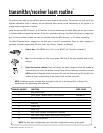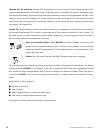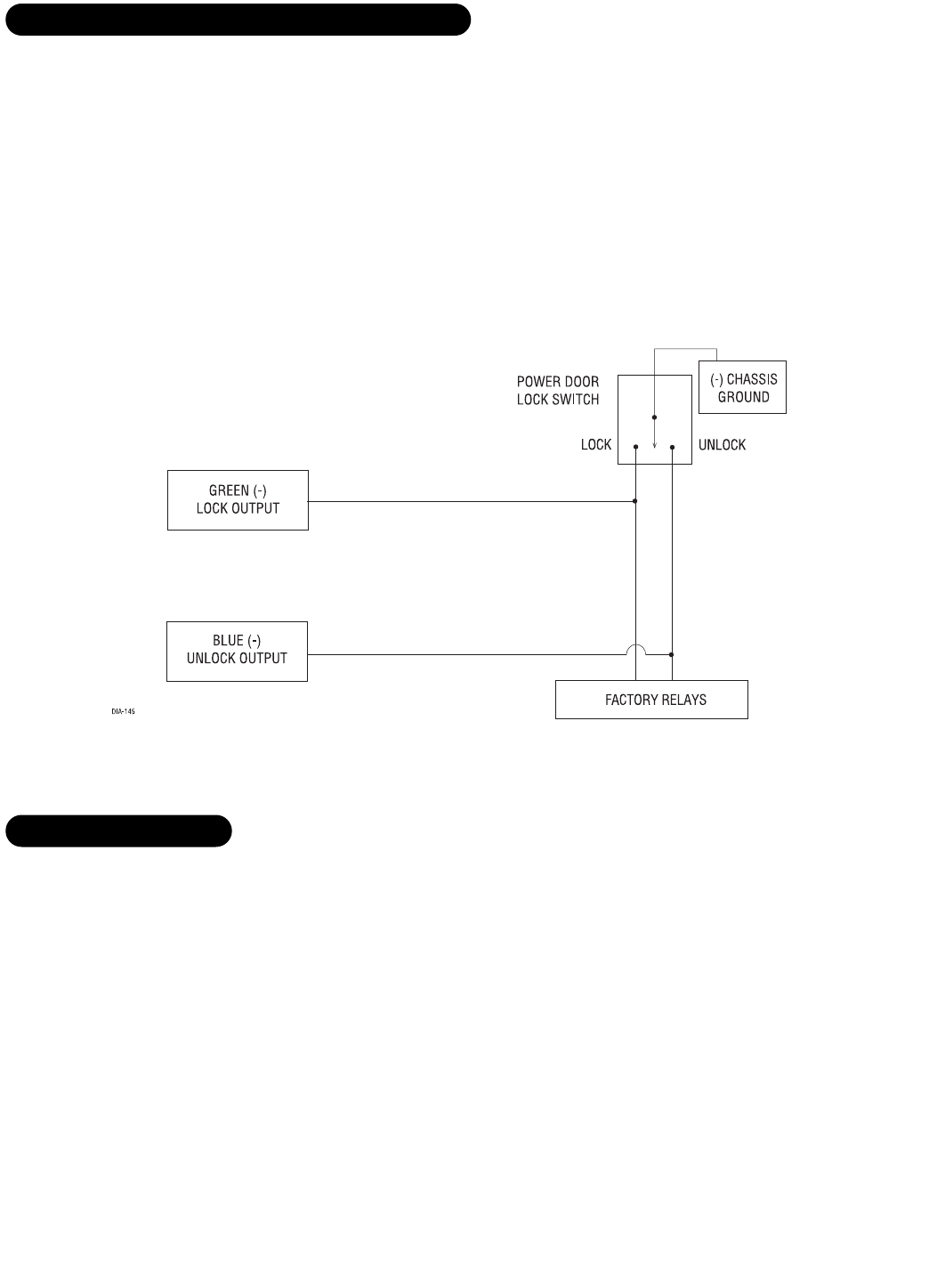
© 2000 Directed Electronics, Inc. Vista, CA 27
This system is common in many Toyotas, Nissans, Hondas, and Saturns, as well as Fords with the keyless-entry
system (some other Fords also use Type B).
The switch will have three wires on it, and one wire will test ground all the time. One wire will pulse (-) when
the switch locks the doors, and the other wire will pulse (-) when the switch unlocks the doors. This type of
system is difficult to mistake for any other type.
IMPORTANT! Remember that these wires' functions reverse between Type A and Type B!
Interfacing with a reversing polarity system requires either two relays or one DEI® 451M (not included). It is
critical to identify the proper wires and locate the master switch to interface properly. Locate wires that show
voltage on lock and unlock. Cut one of the suspect wires and check operation of the locks from both switches.
If one switch loses operation in both directions and the other switch operates in one direction only, you have
located one of the target wires. The switch that lost all operation is the master switch. If one switch works both
directions and the other switch works only one direction, you have a Type A system. If both switches still
operate, but one or more doors has stopped responding entirely, you have cut a motor lead. Reconnect it and
continue to test for another wire. Once both wires have been located and the master switch identified, cut both
wires and interface as shown in the following diagram.
IMPORTANT! If these are not connected properly, you will send (+) 12 Volts directly to (-) ground,
possibly damaging the alarm or the factory switch.
type C: reversing polarity
type B: (-) pulses from the switch to the factory relays



